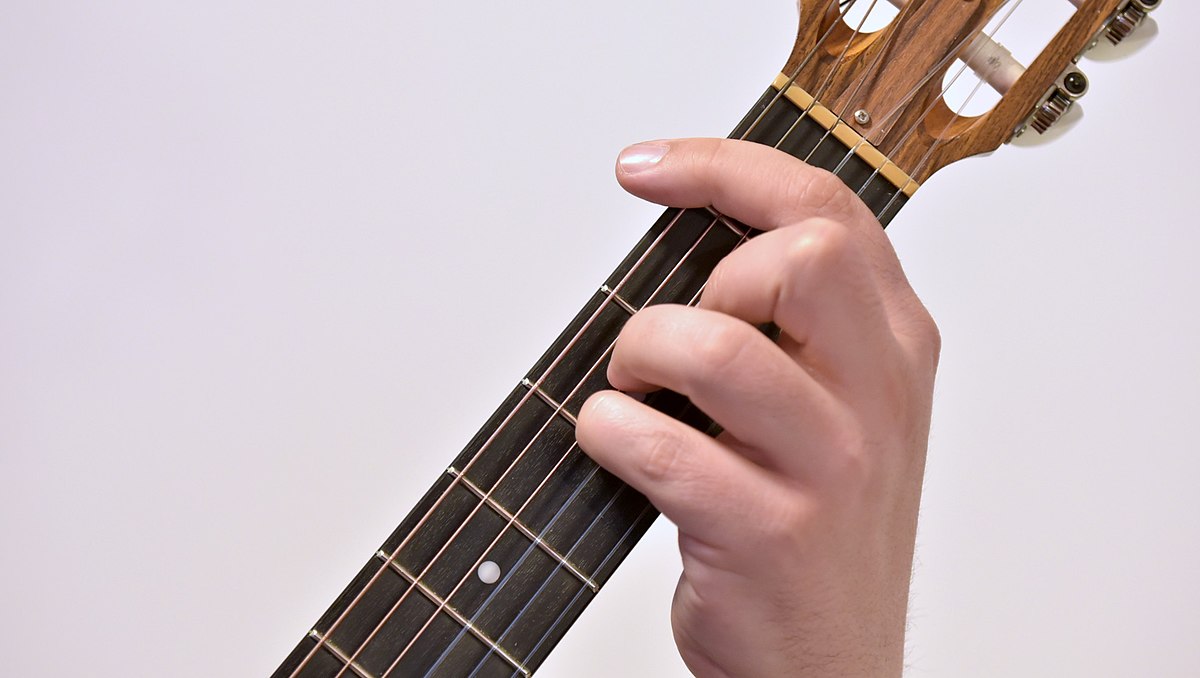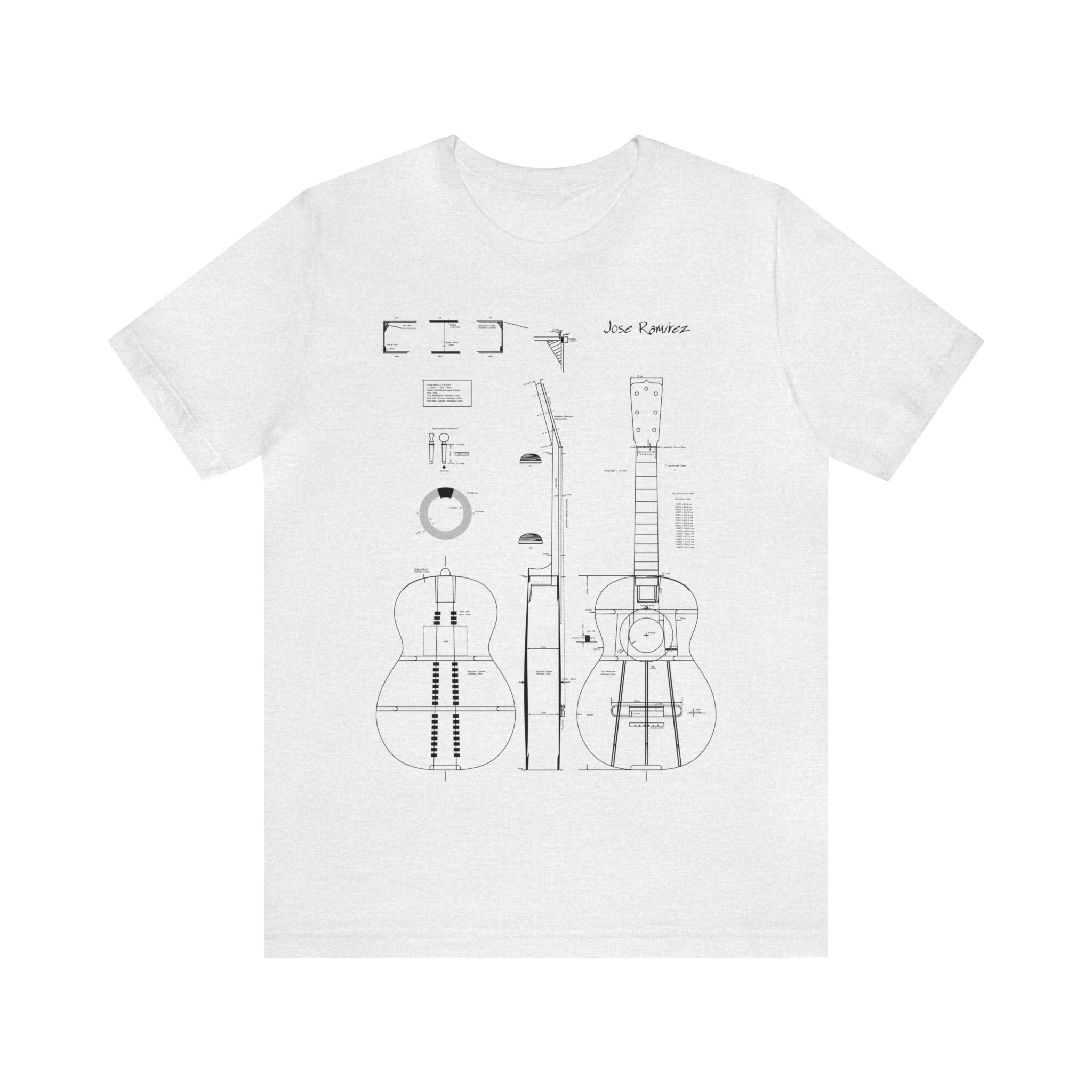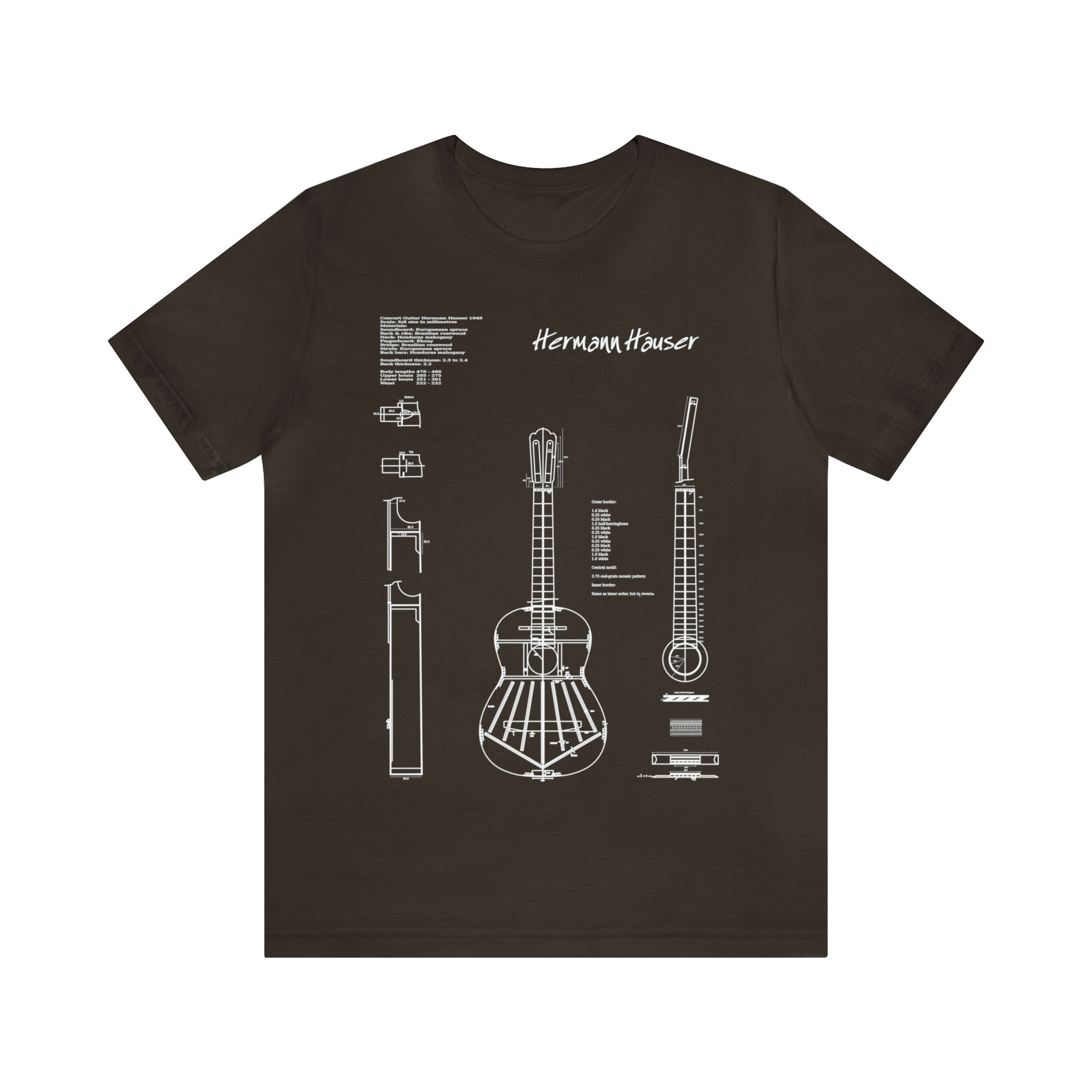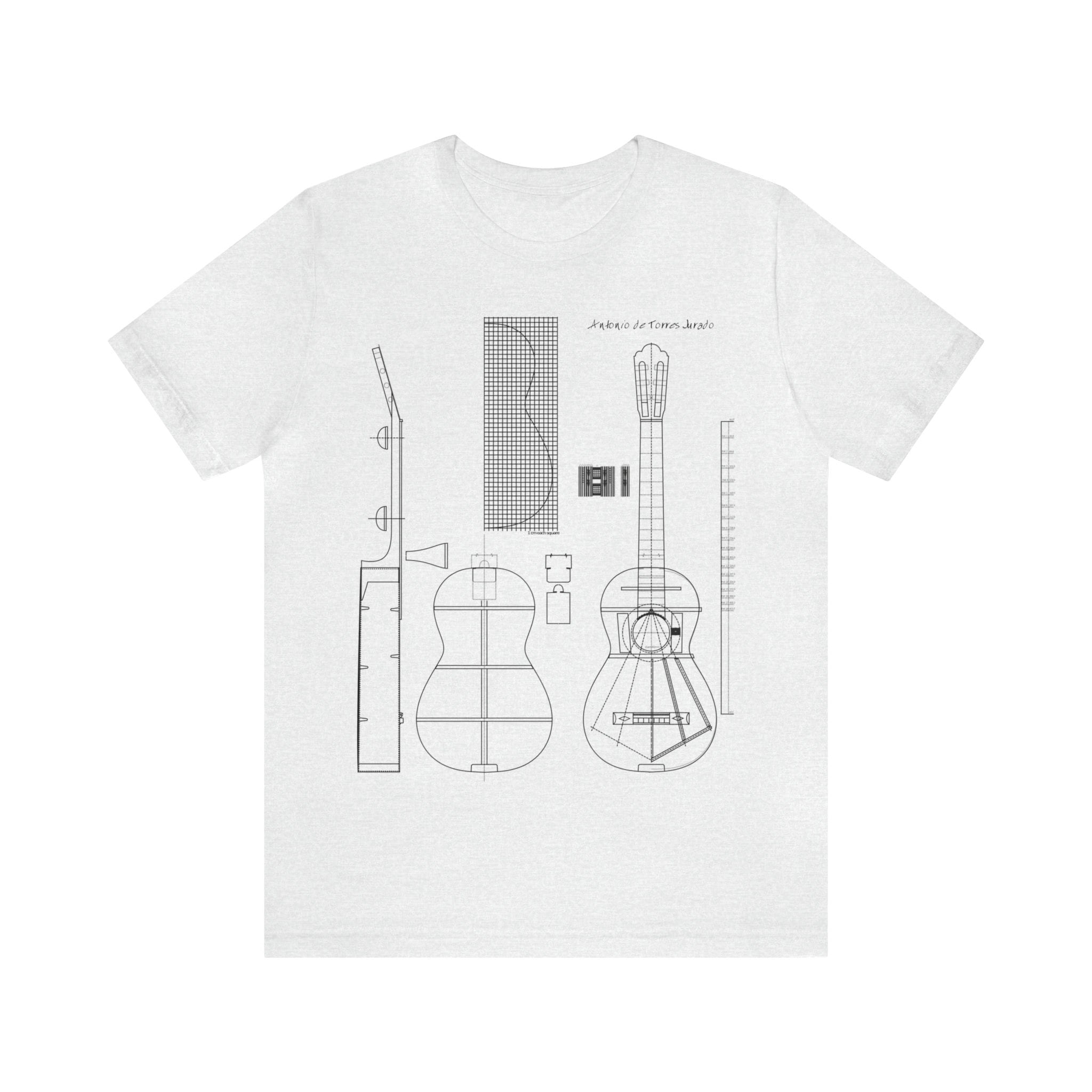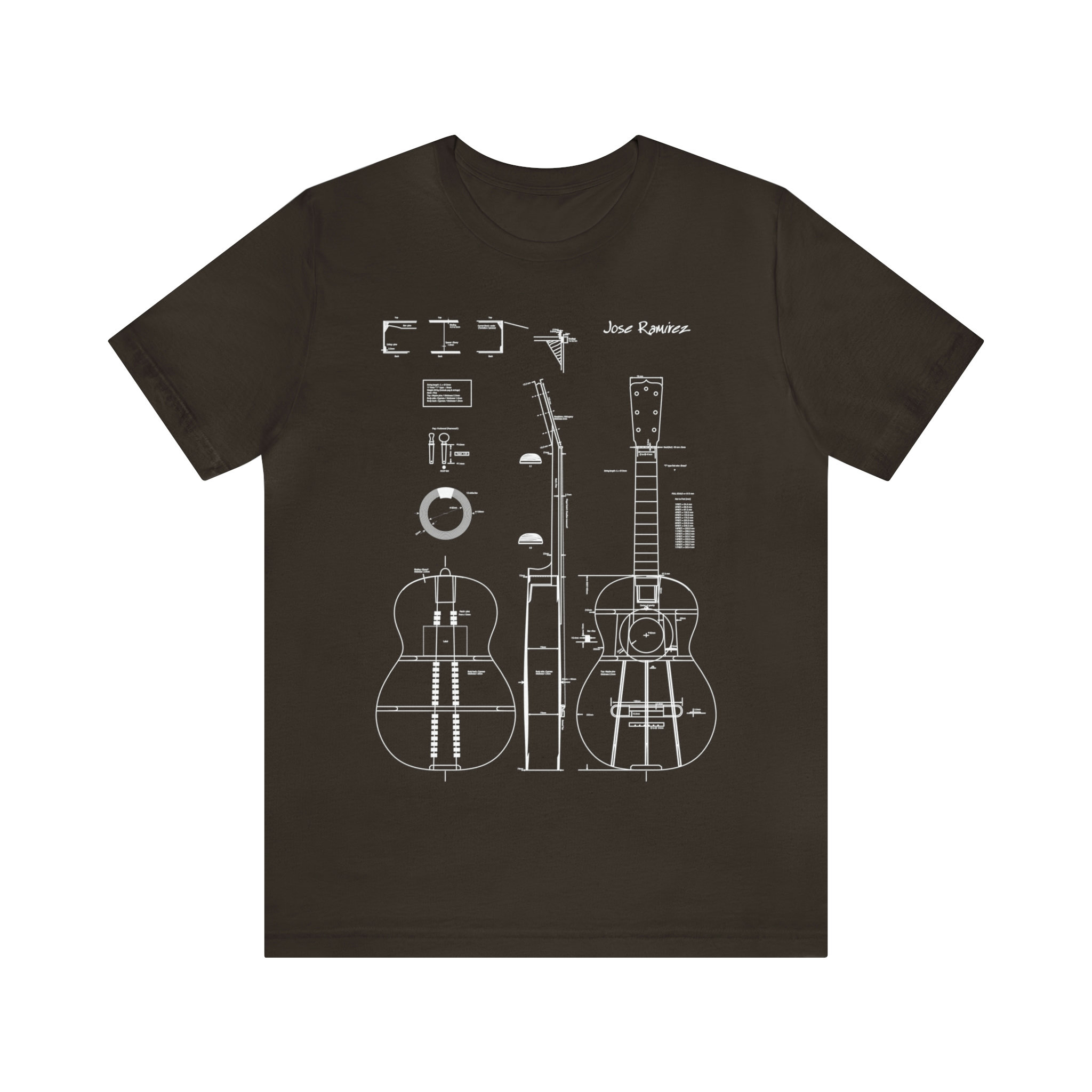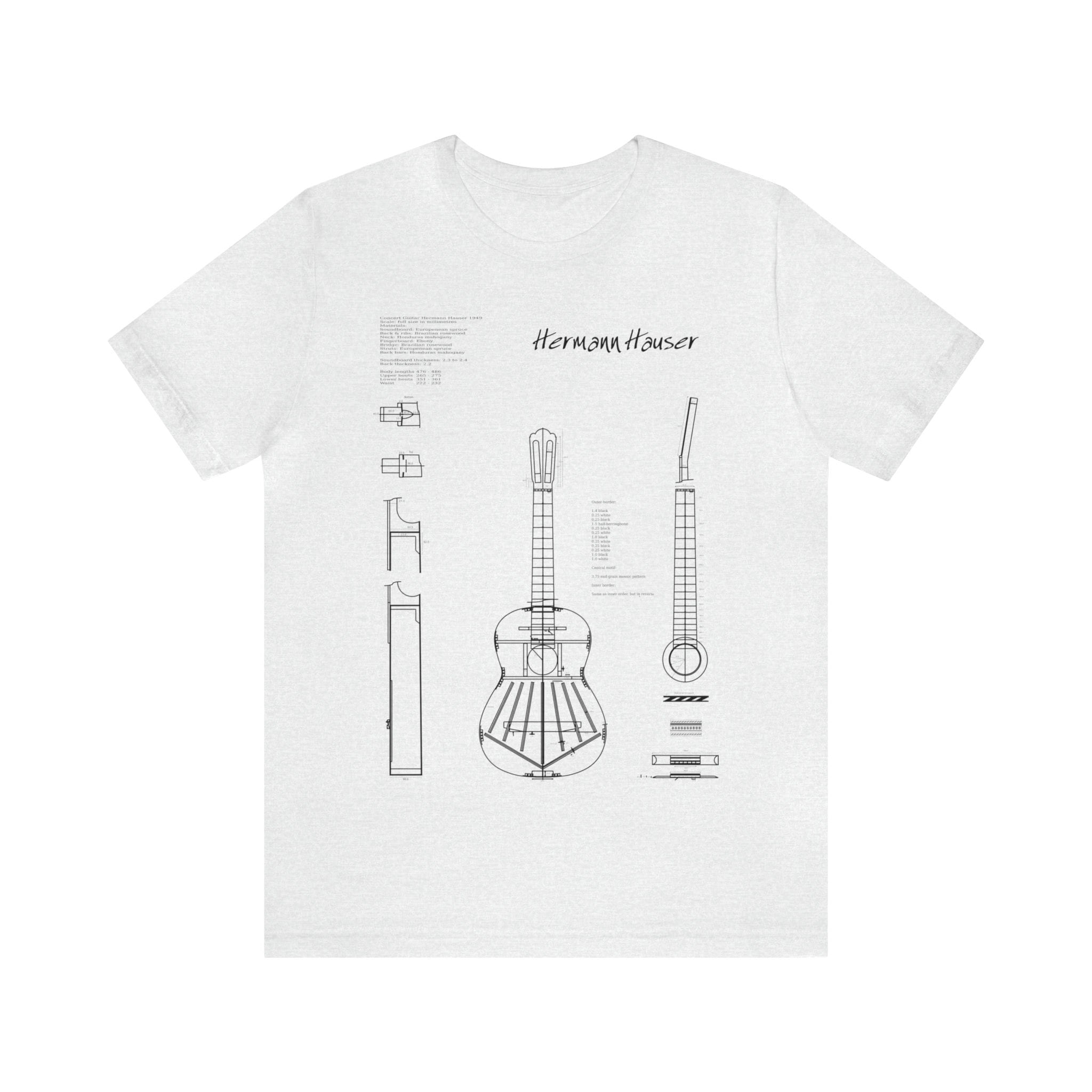Bar chords, also known as barre chords, are a technique used on the classical guitar where one finger, usually the index finger, is used to press down multiple strings at once. This allows the player to play chords in different inversions and positions on the fretboard. It can be challenging for beginners to play bar chords due to the amount of strength and dexterity required in the finger used to press down the strings. Practicing scales and exercises to build finger strength and dexterity, as well as proper hand positioning, can help make playing bar chords easier.
Bar chords are a versatile technique that can be used to play many different types of chords. They are particularly useful for playing chords in higher positions on the fretboard, which can be difficult to play with open chords. To play a bar chord, the index finger is used to press down multiple strings across a single fret, while the other fingers are used to form the chord shape.
One common way to practice bar chords is to start with an open chord, such as an E major chord, and then use the index finger to press down all the strings at the first fret. This will create an F major chord. Then, you can move the shape up the fretboard, pressing down all the strings at the second fret to create F# Major, and so on. This will help you learn the different chord shapes and also build finger strength and dexterity.
It’s also important to practice proper hand positioning when playing bar chords. The thumb should be placed behind the neck of the guitar, with the back of the hand facing the ceiling. This will help to keep the hand and fingers in the correct position for playing the chords.
As a beginner, it’s natural to find bar chords challenging. It takes time and practice to develop the finger strength and dexterity required. Start with easy chords and progress slowly, don’t push yourself too hard, and take breaks when you need them. With consistent practice, you will improve your technique and be able to play bar chords with ease.
When first learning to play bar chords, it can be helpful to focus on a few key areas to improve your technique and make the chords easier to play. Here are a few tips to keep in mind:
- Build finger strength and dexterity: As mentioned earlier, playing bar chords requires a significant amount of finger strength and dexterity. Practicing exercises such as scales and finger exercises can help to improve your finger strength and dexterity over time. This can make it easier to press down multiple strings at once and form the chord shapes.
- Focus on proper hand positioning: Proper hand positioning is crucial for playing bar chords. Make sure your thumb is placed behind the neck of the guitar and the back of your hand is facing the
ceiling. This will help to keep your hand and fingers in the correct position for playing the chords. - Practice different chord inversions: Bar chords can be played in different inversions, which means the order of the notes in the chord can be changed. Practicing different inversions can help you to understand the relationships between different chords and make it easier to play them in different positions on the fretboard.
- Start with easy chords and progress slowly: Bar chords can be difficult to play at first, so it’s important to start with easy chords and progress slowly. Try playing basic chords such as C major and G major, and then move on to more difficult chords as you improve your technique.
- Take breaks and be patient: Playing bar chords takes time and practice, so be patient with yourself. If your fingers start to feel sore or tired, take a break and come back to it later. With consistent practice and patience, you will improve your technique and be able to play bar chords with ease.
Remember that the most important thing is to practice consistently and have patience. With time and practice, you will develop the finger strength and dexterity needed to play bar chords with ease.
Classical Guitar
